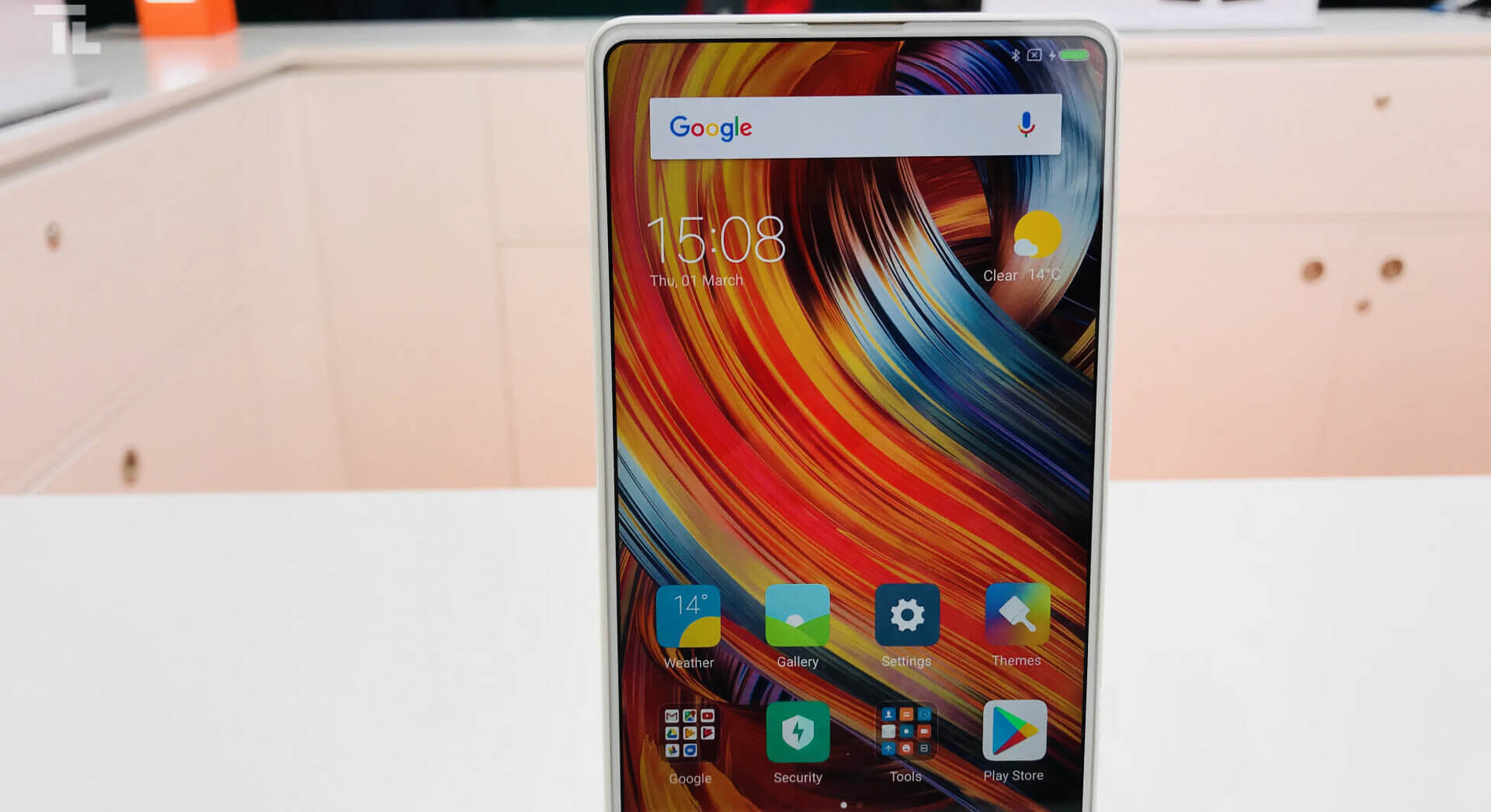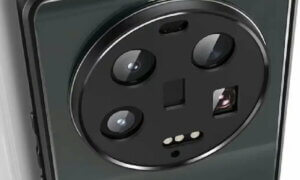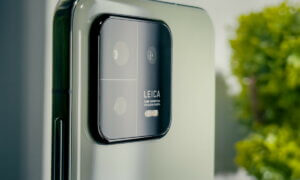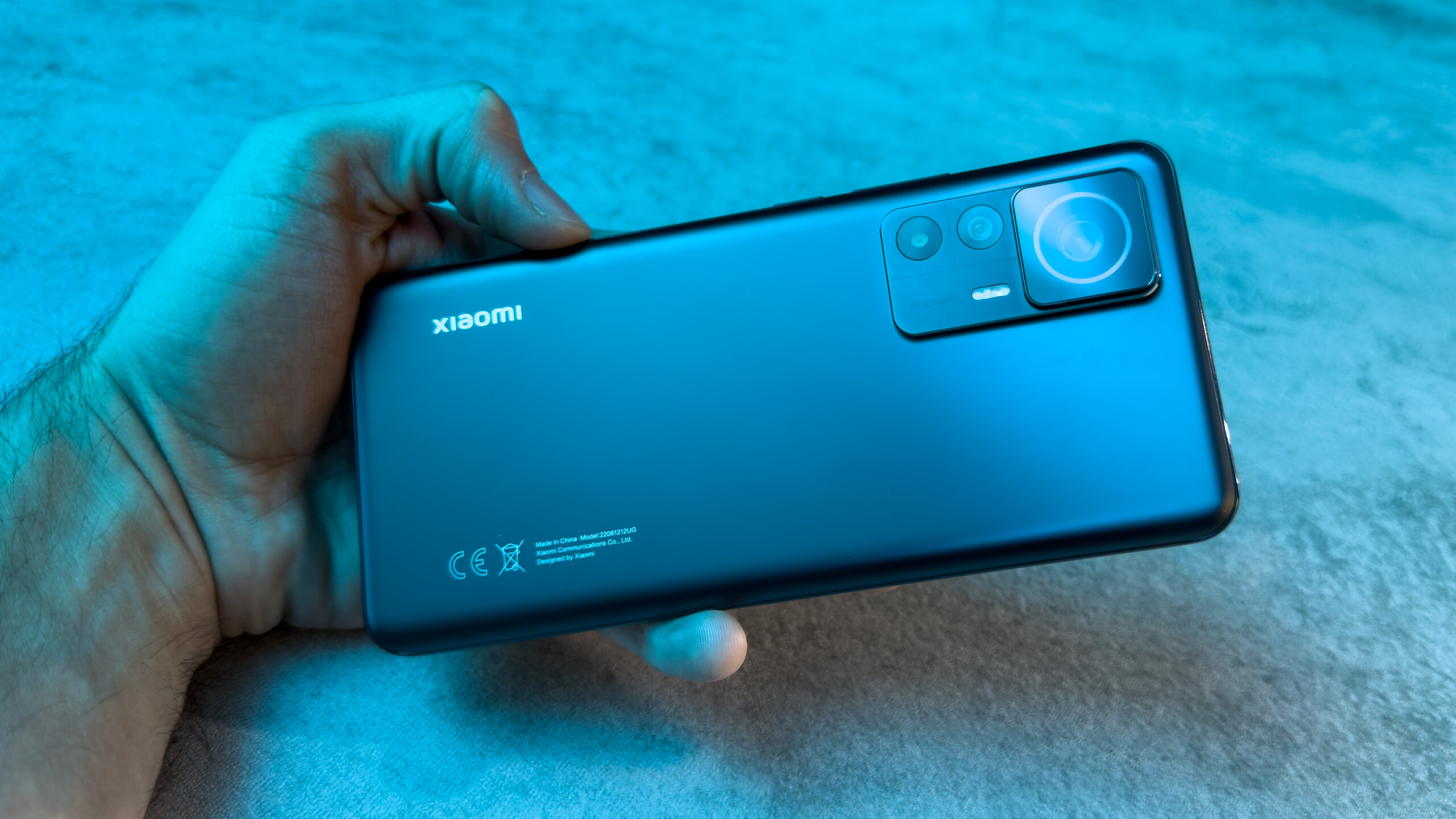Mi Mix was one of the first phones to truly offer a bezel-less design (well, if you don’t count the bottom bezel). Xiaomi managed to ditch the top and side bezels, increasing significantly the screen-to-body ratio. One way they achieved that was to get rid of the physical infrared hardware proximity sensor, replacing it with – you guessed! – an ultrasound virtual one. The makers of that technology, Elliptic Labs, are now ready to share their solution with every single device out there that contains AAC audio components.
We saw AAC Technologies and Elliptic Labs together, at MWC Shanghai, excited to bring their solution to all compatible devices. They explained that OEMs which already work with AAC can now leverage the audio components to capture and use ultrasound. This means they can easily manufacture full-screen phones, with ultrasound gestures and capabilities, without adding extra components.

What are those capabilities, you ask. Well, if you ever used or owned a Mi Mix device, you probably noticed that the phone can turn off the screen and disable “touch” during calls. It’s not the only handset that can do that, but the vast majority accomplish that with the help of infrared hardware proximity sensors, which spoil the design. The Mi Mix phones though, are able to do just that with software from Elliptic Labs, gaining extra space for display.
The new partnership means expanding those features to other devices. Phones with Qualcomm Snapdragon 845 NPE and AAC components will now be able to offer users touch-free interface features. Like taking a selfie from up to 6 feet away with a simple gesture.
Another interesting functionality we talked about is called Inner Reflection. By sensing the presence of the user in the room and its distance to it, the device is going to be able to wake up, adjust the volume of a call, and more.
“The direction of the smartphone market is clear, with any vendor that wishes to be competitive now scrambling to increase screen real estate,” said Laila Danielsen, president and CEO of Elliptic Labs. “The easiest, already-proven method is to move or remove the hardware components — camera, speaker, proximity sensor and more — from the top front screen. Using ultrasonic software is a least-expensive solution to achieve this improved design. A progressive leader like AAC sees that ultrasound will play an increasing role in this market and, is prepared to participate in this important new direction.”
And I kept the best for last; their tech can be integrated with wearables and IoT devices, as well.
Follow TechTheLead on Google News to get the news first.






















